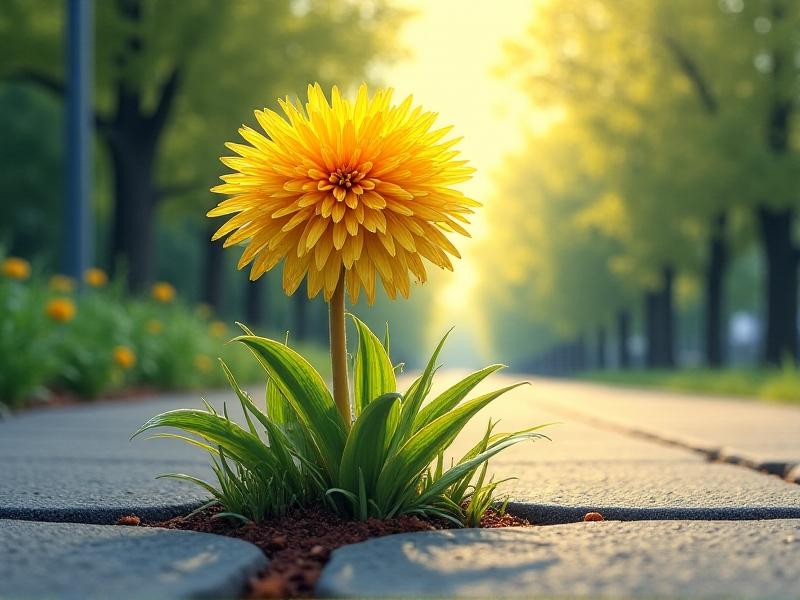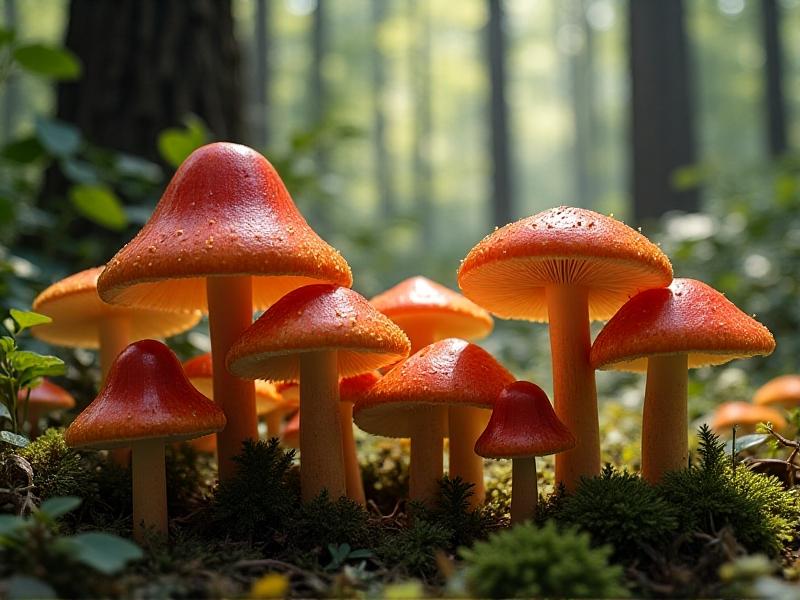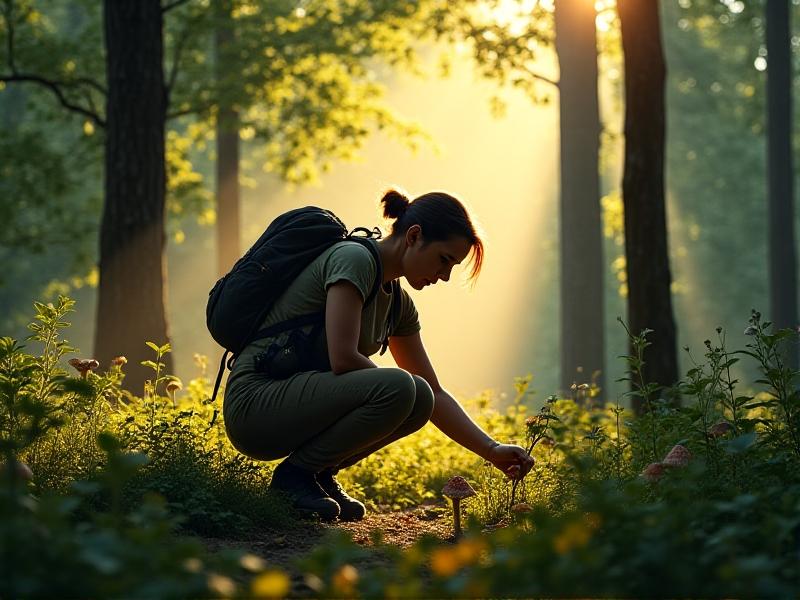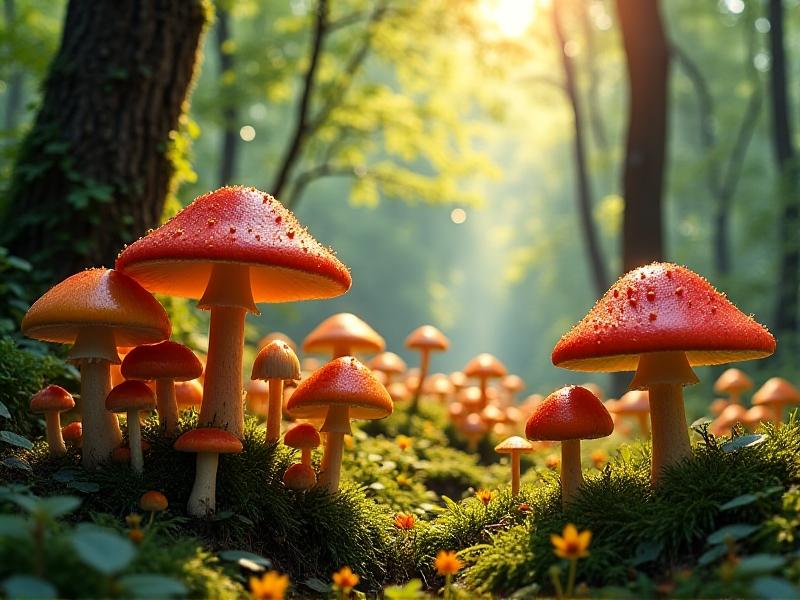Balancing Foraging Rights with Endangered Plant Conservation Efforts
The Intersection of Foraging and Conservation
Foraging, the act of gathering wild food resources, has been a fundamental human activity for millennia. It connects people to nature, provides sustenance, and fosters a deeper appreciation for the environment. However, as the demand for wild plants grows, so does the pressure on ecosystems, particularly those housing endangered plant species. Balancing the rights of foragers with the need to protect these vulnerable plants is a complex challenge that requires careful consideration.
Foraging rights are often rooted in cultural traditions and local livelihoods. Indigenous communities, in particular, have relied on wild plants for food, medicine, and spiritual practices for generations. Yet, the rise of commercial foraging and the popularity of wild foods in urban markets have intensified the strain on plant populations. This has led to overharvesting, habitat destruction, and the decline of species already at risk of extinction.
Conservation efforts, on the other hand, aim to safeguard biodiversity by protecting endangered plants and their habitats. These initiatives often involve legal restrictions, protected areas, and public awareness campaigns. While essential, these measures can sometimes clash with the rights and practices of foragers, creating tension between conservation goals and human needs.
Finding a balance between foraging rights and endangered plant conservation requires a multifaceted approach. It involves understanding the ecological impact of foraging, respecting cultural practices, and implementing sustainable harvesting methods. Collaboration between foragers, conservationists, policymakers, and local communities is key to achieving this balance.

The Ecological Impact of Foraging
Foraging, when done sustainably, can have minimal impact on ecosystems. However, unsustainable practices can lead to significant ecological consequences. Overharvesting of wild plants can disrupt food chains, reduce genetic diversity, and threaten the survival of endangered species. For example, the overcollection of wild ginseng has led to its decline in many regions, despite its cultural and medicinal importance.
Habitat destruction is another critical issue. Foragers may inadvertently damage plant habitats by trampling vegetation, disturbing soil, or introducing invasive species. This can have cascading effects on the entire ecosystem, affecting not only plants but also the animals and microorganisms that depend on them.
Climate change further exacerbates these challenges. As ecosystems shift due to changing temperatures and weather patterns, endangered plants face additional stressors. Foraging in these fragile environments can accelerate their decline, making it essential to adopt practices that minimize harm.
To mitigate the ecological impact of foraging, it is crucial to educate foragers about sustainable practices. This includes understanding the life cycles of plants, avoiding overharvesting, and respecting protected areas. Conservationists can also play a role by monitoring plant populations and providing guidelines for responsible foraging.
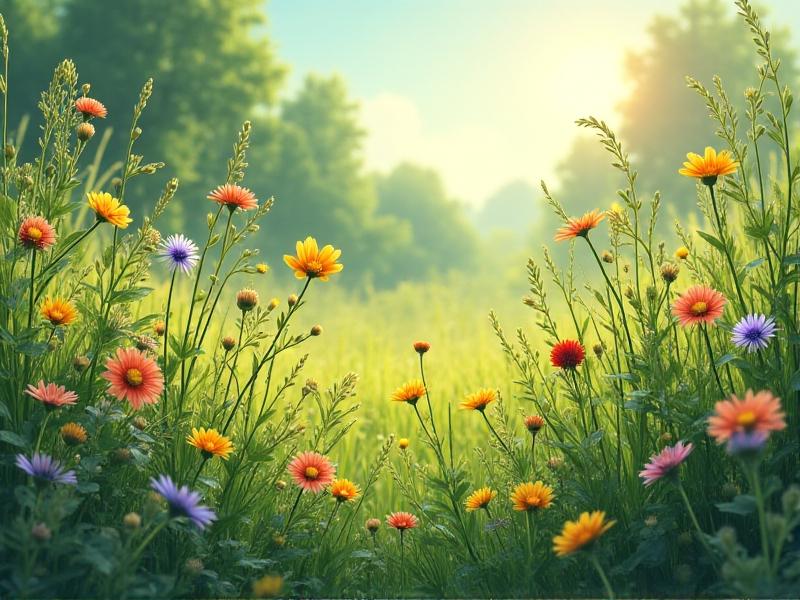
Cultural Significance of Foraging
Foraging is deeply intertwined with cultural heritage and identity. For many communities, it is not just a means of subsistence but a way of life. Indigenous peoples, in particular, have a profound connection to the land and its resources, often viewing plants as sacred and integral to their cultural practices.
Traditional ecological knowledge, passed down through generations, plays a vital role in sustainable foraging. Indigenous foragers possess a deep understanding of plant species, their growth cycles, and their ecological roles. This knowledge can inform conservation efforts and promote sustainable harvesting practices.
However, the cultural significance of foraging is often overlooked in conservation policies. Restrictions on foraging can inadvertently marginalize indigenous communities and erode their cultural practices. It is essential to recognize and respect these traditions while working towards conservation goals.
Collaborative approaches that involve indigenous communities in conservation planning can help bridge this gap. By integrating traditional knowledge with scientific research, it is possible to develop strategies that protect endangered plants while honoring cultural practices. This not only strengthens conservation efforts but also empowers communities to maintain their heritage.
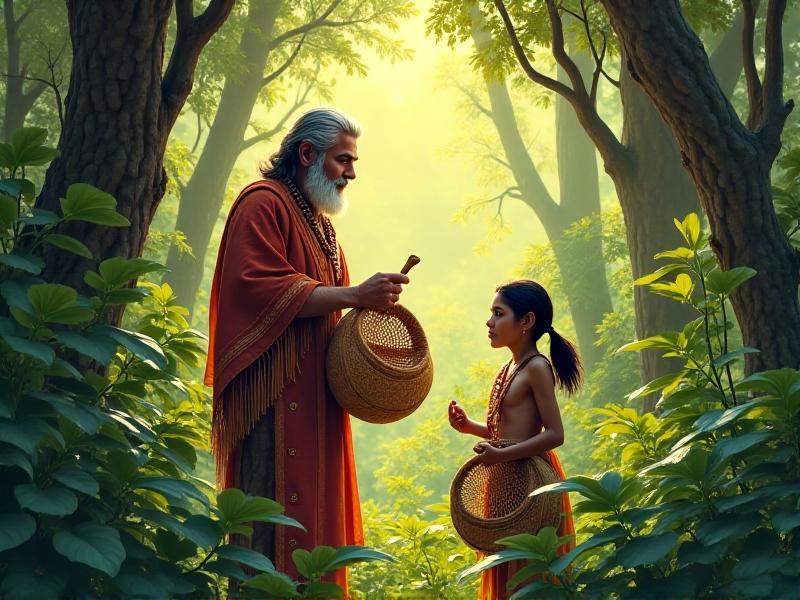
Legal Frameworks and Foraging Rights
Legal frameworks play a crucial role in balancing foraging rights with conservation efforts. Many countries have laws that regulate the collection of wild plants, particularly those that are endangered or protected. These laws aim to prevent overharvesting and ensure the survival of vulnerable species.
However, the enforcement of these laws can be challenging. In some cases, foragers may be unaware of the legal restrictions or may not have access to information about protected species. This highlights the need for clear communication and public awareness campaigns to educate foragers about their rights and responsibilities.
Another issue is the potential conflict between foraging rights and private property rights. In many regions, wild plants grow on private land, and landowners may restrict access to foragers. This can limit the availability of wild resources and create tensions between foragers and landowners.
To address these challenges, it is important to develop inclusive legal frameworks that consider the needs of all stakeholders. This includes recognizing the rights of indigenous communities, providing clear guidelines for foragers, and fostering collaboration between landowners and conservationists. By creating a legal environment that supports both foraging and conservation, it is possible to achieve a more sustainable balance.
Sustainable Foraging Practices
Sustainable foraging practices are essential for minimizing the impact on ecosystems and protecting endangered plants. These practices involve careful consideration of plant populations, harvesting methods, and the timing of collection. By adopting sustainable techniques, foragers can ensure that wild resources remain available for future generations.
One key principle of sustainable foraging is to harvest only what is needed and to avoid overcollecting. This helps maintain healthy plant populations and prevents the depletion of resources. Foragers should also focus on harvesting abundant species rather than those that are rare or endangered.
Another important practice is to avoid damaging plant habitats. Foragers should tread lightly, avoiding trampling vegetation or disturbing soil. Using appropriate tools and techniques can also help minimize harm to plants and their surroundings.
Education and awareness are critical components of sustainable foraging. Foragers should be informed about the species they are collecting, their ecological roles, and their conservation status. Field guides, workshops, and online resources can provide valuable information and support responsible foraging practices.
By embracing sustainable foraging, individuals can enjoy the benefits of wild resources while contributing to the preservation of biodiversity. This approach not only supports conservation efforts but also fosters a deeper connection to the natural world.
Community Involvement in Conservation
Community involvement is a cornerstone of successful conservation efforts. Local communities, including foragers, play a vital role in protecting endangered plants and their habitats. By engaging these communities in conservation initiatives, it is possible to create a sense of ownership and responsibility that fosters long-term sustainability.
One effective approach is to establish community-based conservation programs. These programs involve local residents in monitoring plant populations, implementing sustainable practices, and raising awareness about conservation issues. By empowering communities to take an active role, these programs can lead to more effective and culturally sensitive conservation outcomes.
Education and outreach are also essential components of community involvement. Workshops, school programs, and public events can help raise awareness about the importance of protecting endangered plants and the role of sustainable foraging. These initiatives can also provide practical skills and knowledge that support responsible foraging practices.
Collaboration between conservation organizations and local communities is key to building trust and fostering mutual understanding. By working together, these groups can develop strategies that respect cultural practices while achieving conservation goals. This collaborative approach not only enhances the effectiveness of conservation efforts but also strengthens community resilience.
Technological Innovations in Conservation
Technological innovations are transforming the field of conservation, offering new tools and methods to protect endangered plants. From remote sensing to DNA analysis, these technologies provide valuable insights into plant populations, their habitats, and the threats they face. By leveraging these advancements, conservationists can develop more effective strategies for safeguarding biodiversity.
Remote sensing technologies, such as satellite imagery and drones, allow for the monitoring of plant populations and habitats on a large scale. These tools can detect changes in vegetation, identify areas of concern, and track the impact of conservation efforts. This information is crucial for making informed decisions and allocating resources effectively.
DNA analysis is another powerful tool in conservation. By studying the genetic diversity of plant populations, researchers can identify endangered species, assess their health, and develop strategies for their protection. Genetic information can also inform breeding programs and habitat restoration efforts, helping to ensure the long-term survival of vulnerable plants.
Citizen science initiatives are also benefiting from technological innovations. Mobile apps and online platforms enable individuals to contribute to conservation efforts by reporting sightings of endangered plants, participating in monitoring programs, and sharing data. These initiatives not only enhance scientific research but also engage the public in conservation activities.
As technology continues to evolve, it offers exciting opportunities for advancing conservation efforts. By integrating these innovations into conservation strategies, it is possible to protect endangered plants more effectively and promote sustainable foraging practices.
The Role of Education in Sustainable Foraging
Education is a powerful tool for promoting sustainable foraging and conservation. By raising awareness about the importance of protecting endangered plants and the impact of foraging, educational initiatives can inspire individuals to adopt responsible practices. This not only supports conservation efforts but also fosters a deeper connection to the natural world.
Schools and educational institutions play a crucial role in this process. Incorporating lessons on biodiversity, ecology, and sustainable practices into the curriculum can help students develop an understanding of the interconnectedness of all living things. Field trips, hands-on activities, and interactive projects can further enhance this learning experience.
Public awareness campaigns are also effective in reaching a broader audience. Social media, workshops, and community events can provide valuable information and resources for foragers. These initiatives can highlight the importance of sustainable practices, share tips for responsible foraging, and promote conservation efforts.
Foragers themselves can benefit from ongoing education and training. Field guides, online courses, and mentorship programs can provide the knowledge and skills needed to forage sustainably. By staying informed about the latest research and best practices, foragers can continue to enjoy the benefits of wild resources while minimizing their impact on the environment.
Education is a key component of achieving a balance between foraging rights and conservation efforts. By empowering individuals with knowledge and skills, it is possible to create a culture of sustainability that supports both human needs and the protection of endangered plants.


